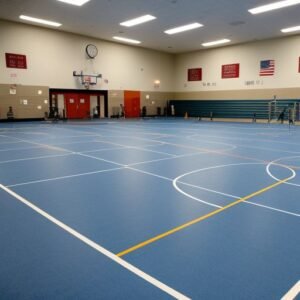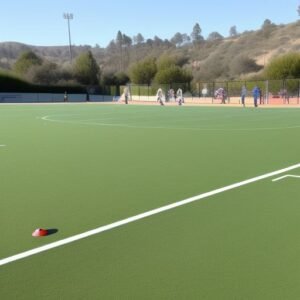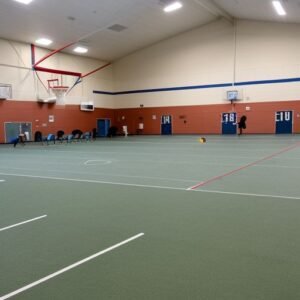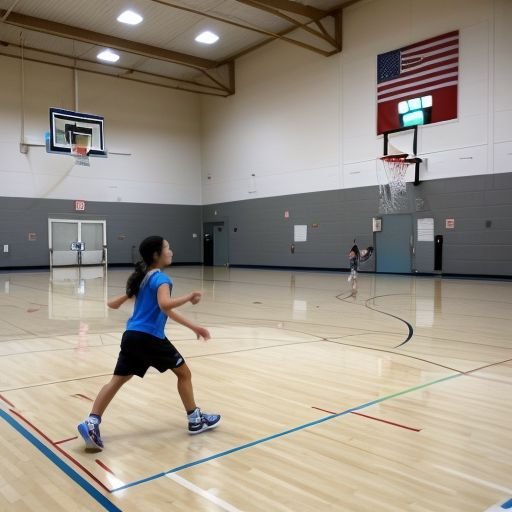Embracing The Golden State’s Fitness Odyssey: An In-depth Look into California’s Physical Education Standards
Introduction: The Blueprint for Fostering a Fit Future
Welcome aboard, readers, as we embark on a journey of exploration and enlightenment to understand California’s physical education standards. Physical education plays an indispensable role in molding our children into healthier, happier, and more active individuals. Honing in specifically on California, the Golden State has a distinct set of standards and guidelines designed to ensure optimal physical education in schools.
In this post, we delve into an in-depth examination of these educational standards, what they entail, how they are implemented, and the incredible benefits they present. So, ready to dive in?

The Vital Building Blocks: California’s Physical Education Standards
California’s physical education standards provide a roadmap to educating students about the importance of staying fit and healthy. The state’s Department of Education has put these standards in place to ensure holistic mental and physical development of the student.
The 5 Essential Components
California’s approach can be broken down into five crucial elements:
- Motor skills and movement patterns
- Concepts related to movement and physical activities
- Active participation in physical activity
- Health-enhancing level of physical fitness
- Responsible behavior and values
Each component forms a thread in the tapestry of comprehensive physical education, aimed at fostering a healthier generation.

A Deep Dive into the Components
Motor Skills and Movement Patterns
This standard aims to develop students’ motor skills and encourage regular exercise. It includes teaching precise movements like running, kicking, catching, and throwing in isolation and combination, and teaching students to apply these motions in cooperative and competitive contexts.
Concepts Related to Movement and Physical Activities
Students should understand the concepts behind physical activities, including the correct techniques, rules, and safety precautions. By understanding these principles, students can perform better and safely engage in various physical activities.
Active Participation in Physical Activity
A key part of California’s physical education standards is promoting regular participation in physical activity. The state recommends that students engage in age and developmentally appropriate physical activities to maintain good health and fitness.
Health-Enhancing Level of Physical Fitness
Students are expected to achieve a health-enhancing level of physical fitness, including cardiovascular fitness, muscular strength, endurance, and flexibility. They’re also taught the importance of maintaining good fitness and how regular physical activity contributes to personal health.
Responsible Behavior and Values
Physical activity also helps in developing responsible behavior, sportsmanship, and positive social interaction.
Implementing the Standards: The Process and Challenges

Implementation of these standards plays a critical role in achieving the desired outcomes. California’s physical education standards are implemented through a systemic approach involving lesson planning, teacher training, student assessments, and continuous improvement processes.
However, implementing physical education standards comes with its fair share of challenges, including lack of funding, time restrictions, and insufficient training for teachers. Discussions on ways to overcome such quantum obstacles are current hot topics among educators and policy-makers.
The Impact: Examining the Outcomes
If implemented properly, the outcomes from California’s physical education standards can be transformative. Students who regularly participate in physical education tend to show improved academic performance, positive attitudes towards fitness, improved physical and mental health, and fewer behavioral issues.
The California Department of Education states that physical education aids in the development of students’ cognitive abilities, self-esteem, and physical strength.
California’s emphasis on PE shows us the start of a profound shift towards a society that proactively champions health, wellness, and physical fitness from a young age. The Golden State is thus raising the bar for other states to follow suit and prioritize physical education.
Conclusion: Advocating for a Healthier Tomorrow
When it comes to fostering a healthier generation, California’s physical education standards set an enviable precedent. These standards form a dynamic blueprint for physical education, focusing on developing motor skills, encouraging active participation, promoting health-enhancing fitness, and nurturing responsible behavior and values.
While challenges in implementation exist, the potential benefits concerning students’ physical and mental health, academic performance, and overall wellbeing, underscore the importance of overcoming these hurdles.
Now, it’s your turn to reflect. What steps can you take to support and advocate for better physical education standards in your community?
Sharpen those advocacy skills, folks. Our children deserve a healthier, more vibrant tomorrow. With renewed emphasis on physical education, we’re teaching kids that fitness isn’t a chore—it’s a way of life.
Sources:
California Physical Education Standards
Learn More – Empowering Futures: A Spotlight on the Fort Hood Education Center
.



